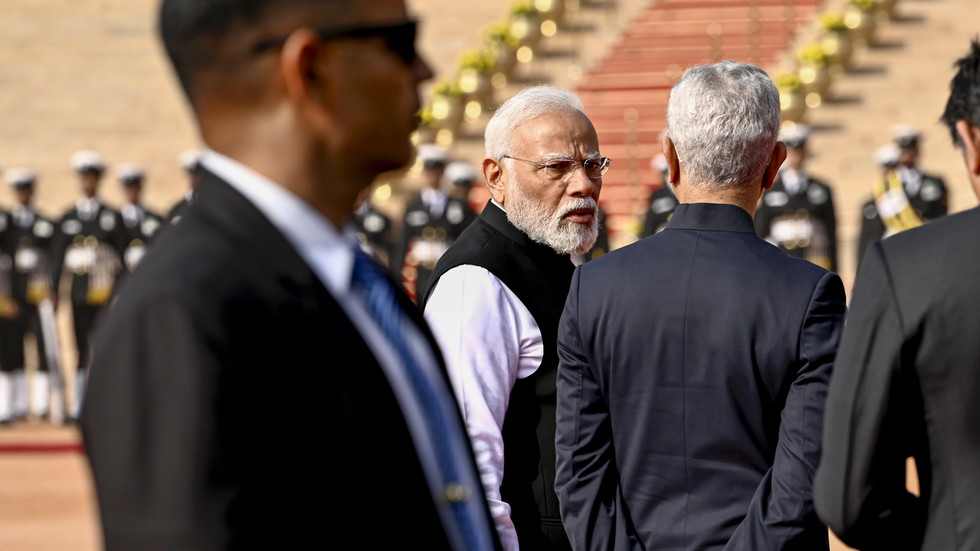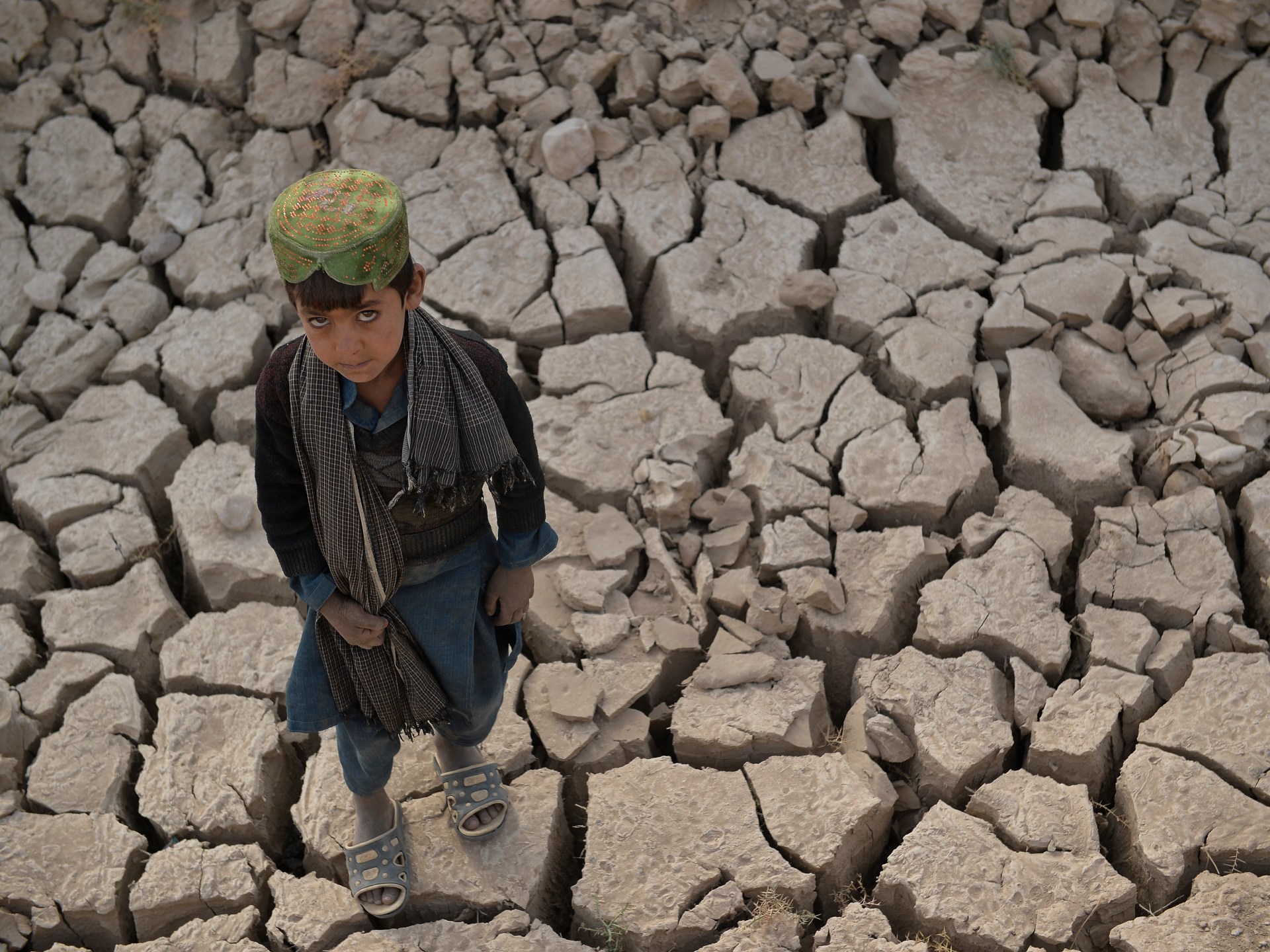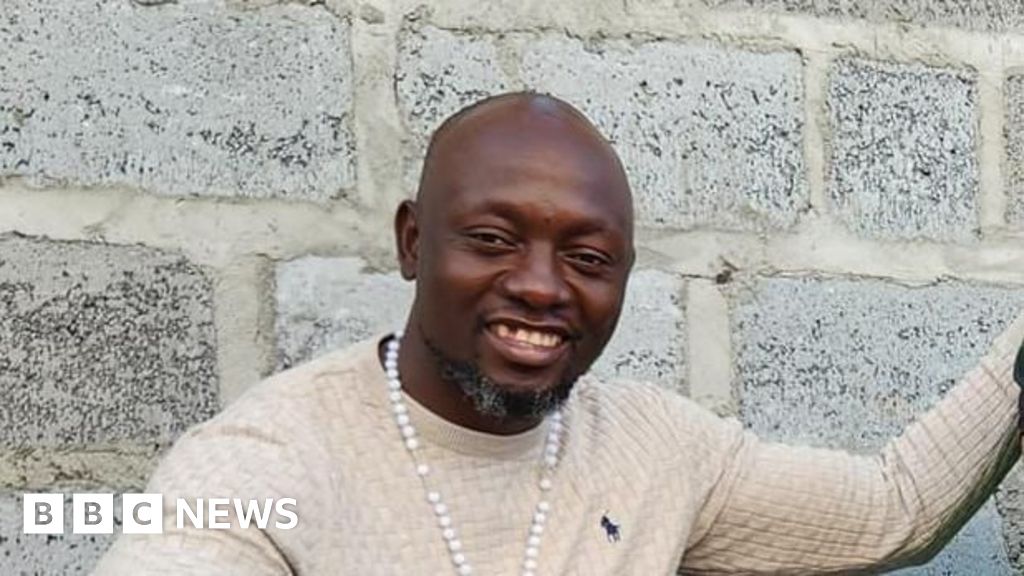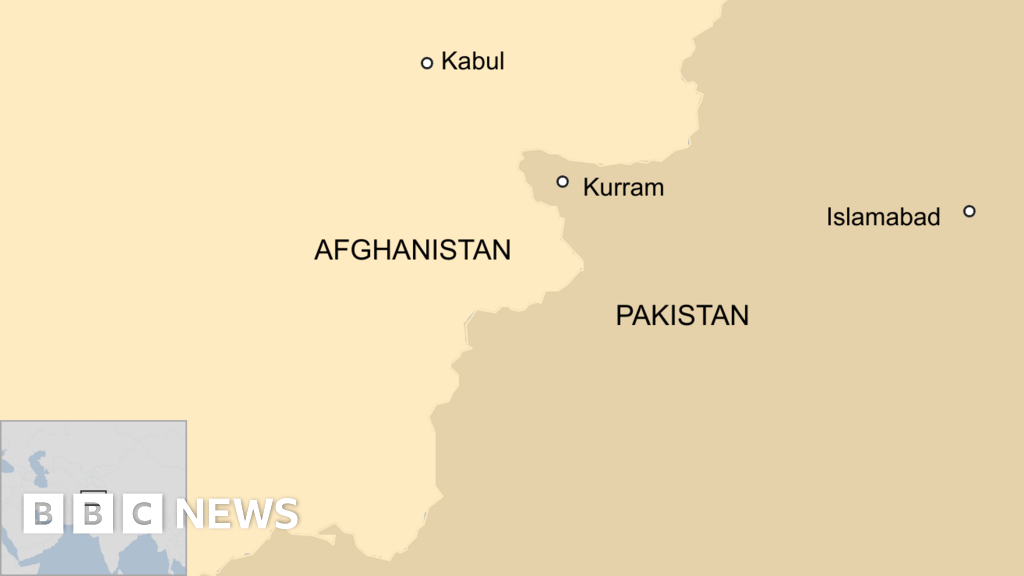NEW DELHI:
Iranian President Ebrahim Raisi
and his foreign minister died in a helicopter crash while passing through a mountainous terrain in heavy fog. The aircraft, which also carried other officials, had disappeared in the mountains of northwestern Iran.
Earlier, state media reported that although the helicopter had been found, "no sign of life" was detected among those on board.
Search teams had earlier located the wreckage of the helicopter carrying Iranian President Ebrahim Raisi and foreign minister Hossein Amir-Abdollahian, which was found completely burned. State media showed images of the crash site, indicating the helicopter had crashed into a mountain peak. However, the cause of the crash remains unknown.
Raisi, 63, who was elected president in 2021, has been a prominent figure in Iran, known for tightening morality laws, cracking down on anti-government protests, and pushing nuclear talks with world powers.
What happens if an Iranian president dies in office?
The death triggers a defined constitutional procedure aimed at ensuring a smooth transition of power.
The Islamic Republic of Iran, established in 1979 following the Iranian Revolution, is a theocratic republic with a complex political system that blends elements of democracy with a strong clerical oversight facilitated through the Guardian Council and the Supreme Leader. The President of Iran, while being the second-highest-ranking official after the Supreme Leader, plays a crucial role in the executive branch of government, managing the country's administration and representing Iran on the international stage.
According to Article 131 of Iran’s constitution, if the president dies in office, the first vice president takes over with the supreme leader's confirmation. A council comprising the first vice president, the speaker of parliament, and the head of the judiciary must arrange for a new presidential election within 50 days.
In this case, Mohammad Mokhber, known for his administrative prowess and loyalty to the principles of the Islamic Republic, would step into the role of acting president.
Mokhber's tenure as acting president would be limited to a 50-day period, during which an election must be held to choose a new president.
The transition period could either present an opportunity for diplomatic engagement or risk escalating tensions, depending on the actions and rhetoric of Iran's interim leadership.
The Supreme Leader's role in this transition cannot be understated, as Ayatollah Khamenei's support for Mokhber will be pivotal in ensuring a smooth handover of power and mitigating potential power struggles within the Iranian political elite.
The council overseeing the process would consist of Mokhber, parliamentary speaker Mohammad Baqer Qalibaf, and judiciary chief Ghollamhossein Mohseni Ezhei. Qalibaf, who has long harbored presidential ambitions, is seen as a strong contender for the role, given his deep connections to power structures in Iran, particularly the Islamic Revolutionary Guards Corps (IRGC).
(With inputs from agencies)

 6 months ago
29
6 months ago
29









